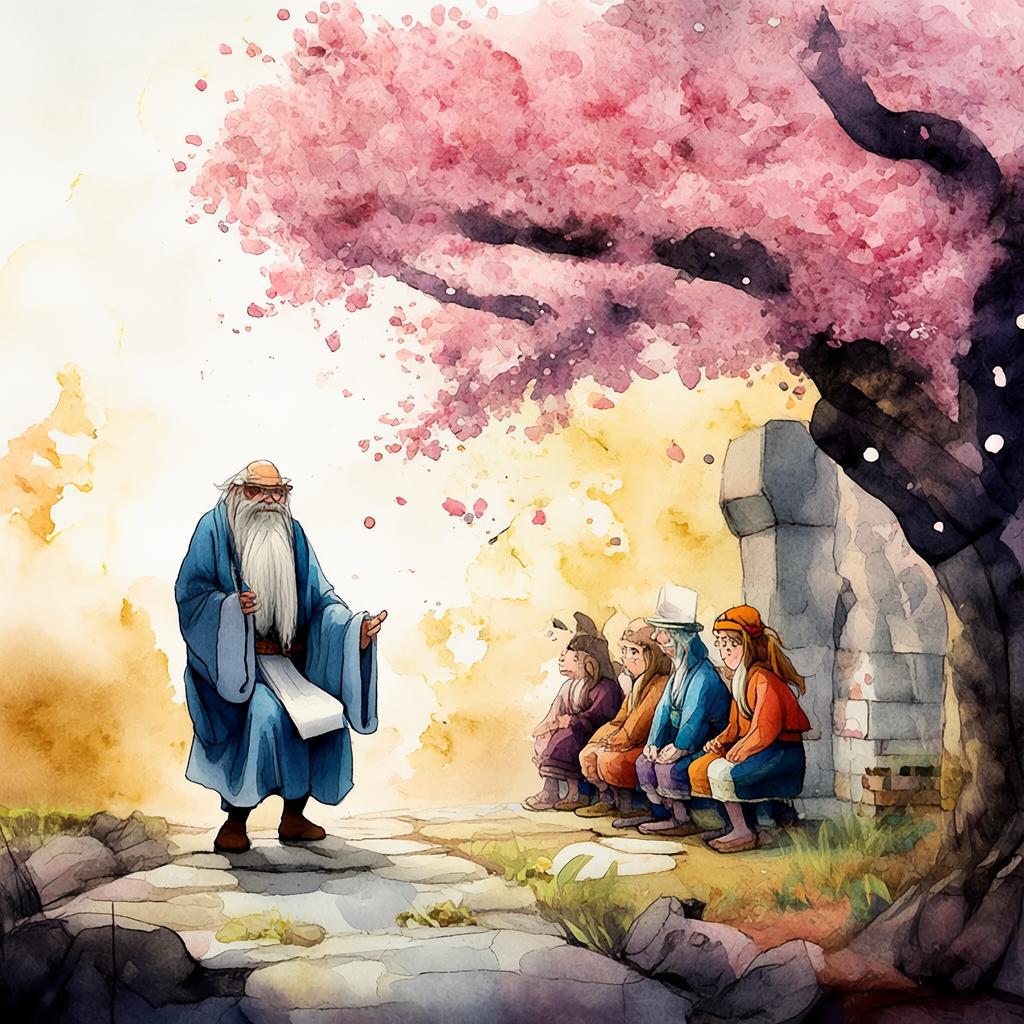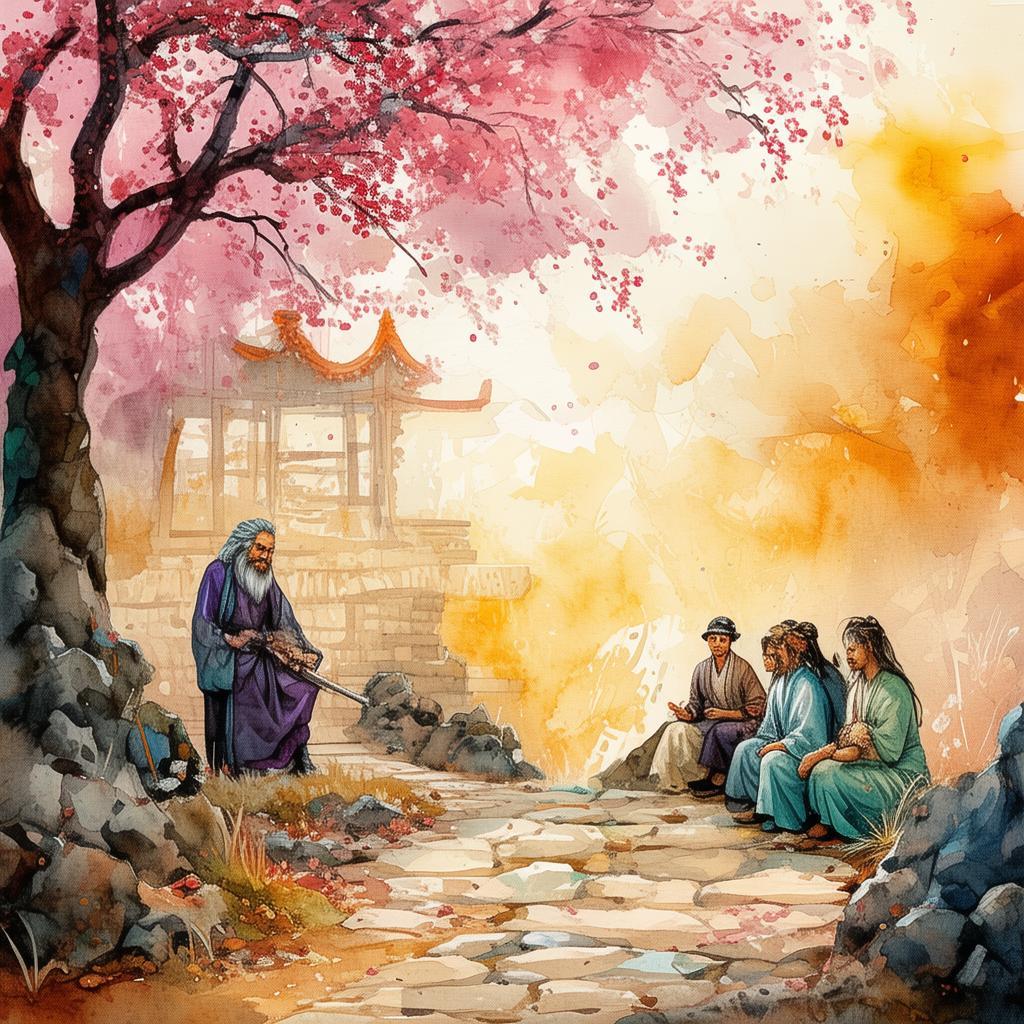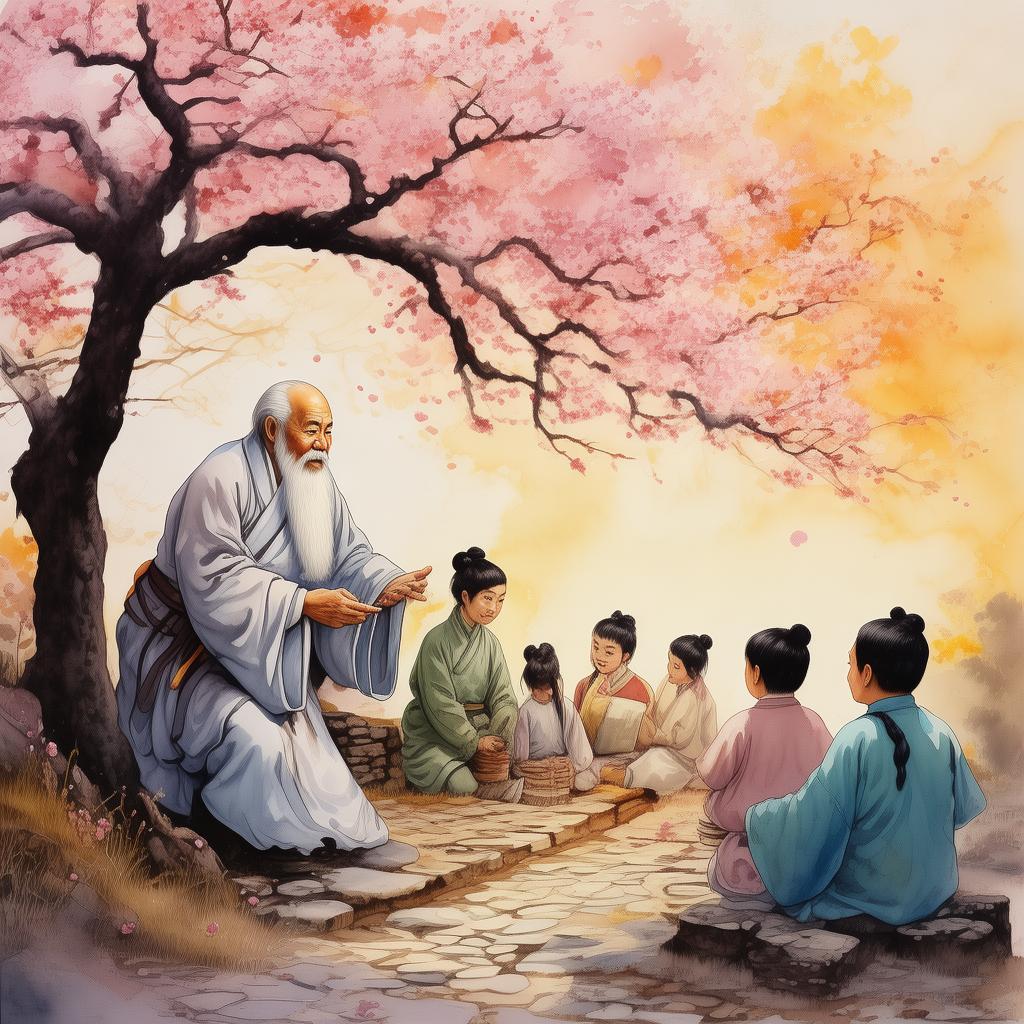The Silent Symphony: Echoes of a Deaf Conductor
In the heart of a grand concert hall, where the world of sound and melody danced in the air, there was a conductor whose life was as silent as the pages of a book. He was known simply as Mr. Li, a man whose deafness had once been a barrier, but which had also become his greatest teacher.
Mr. Li's journey began in a small, modest apartment, where the echoes of his parents' arguments filled the silent spaces. He had always been fascinated by music, but his disability had seemed to shackle his dreams. "Music is for those who hear," he often heard from his peers, and though he understood the sentiment, he couldn't let it dampen his spirit.
One day, a chance encounter with a renowned conductor sparked a spark within him. The conductor, known for his intuitive sense of rhythm and his ability to communicate through subtle gestures, inspired Mr. Li to pursue his dream. He enrolled in a music school, where he learned to listen not with his ears, but with his eyes and heart.
The path was fraught with challenges. He had to translate complex musical scores into a language he could understand, using his sense of touch and his memory. He had to learn to read the expressions of the musicians, understanding when to pause, when to crescendo, and when to diminuendo. But he pressed on, driven by a burning desire to share his love for music with the world.
As his skills improved, he was offered the chance to conduct a local orchestra. The day of the performance arrived, and the hall was filled with anticipation. The musicians were nervous, not knowing what to expect from their deaf conductor. Mr. Li, however, was calm and focused.

The first piece began. The musicians played with precision, and as the music swelled, Mr. Li raised his baton. He moved it with grace, and the orchestra followed. But as the melody reached its peak, something extraordinary happened. Mr. Li's movements became more expressive, more fluid, as if he were channeling the very essence of the music through his body.
The audience was mesmerized. They could see the emotion, the passion, the intensity that Mr. Li brought to the music. The silence in the hall was deafening, not because of his deafness, but because the musicians and the audience were lost in the beauty of the symphony.
As the final note resonated through the hall, there was a moment of complete silence. Then, a thunderous applause erupted, filling the air with joy and appreciation. Mr. Li had done it. He had conducted a symphony with the power of his silence.
In the weeks that followed, Mr. Li conducted more performances, each more successful than the last. He traveled the world, sharing his unique gift with audiences who were moved by his story and his music. But it was not the acclaim or the success that filled him with the most pride.
One evening, as he sat alone in his apartment, listening to a recording of his latest performance, he realized that it was not the sound that had touched hearts, but the silence. The silence between the notes, the pauses that allowed the music to breathe, had been the true essence of his conducting.
He had discovered that the power of music was not just in its sound, but in the spaces between the sounds, in the silence that held the emotion, the story, and the soul of the music. And it was this realization that had allowed him to overcome his disability and connect with the world in a profound way.
The story of Mr. Li, the deaf conductor, became a testament to the power of silence and the beauty of communication that transcends sound. It showed that sometimes, it is not what we hear, but what we feel and understand that truly resonates in the silent world of music.
✨ Original Statement ✨
All articles published on this website (including but not limited to text, images, videos, and other content) are original or authorized for reposting and are protected by relevant laws. Without the explicit written permission of this website, no individual or organization may copy, modify, repost, or use the content for commercial purposes.
If you need to quote or cooperate, please contact this site for authorization. We reserve the right to pursue legal responsibility for any unauthorized use.
Hereby declared.









